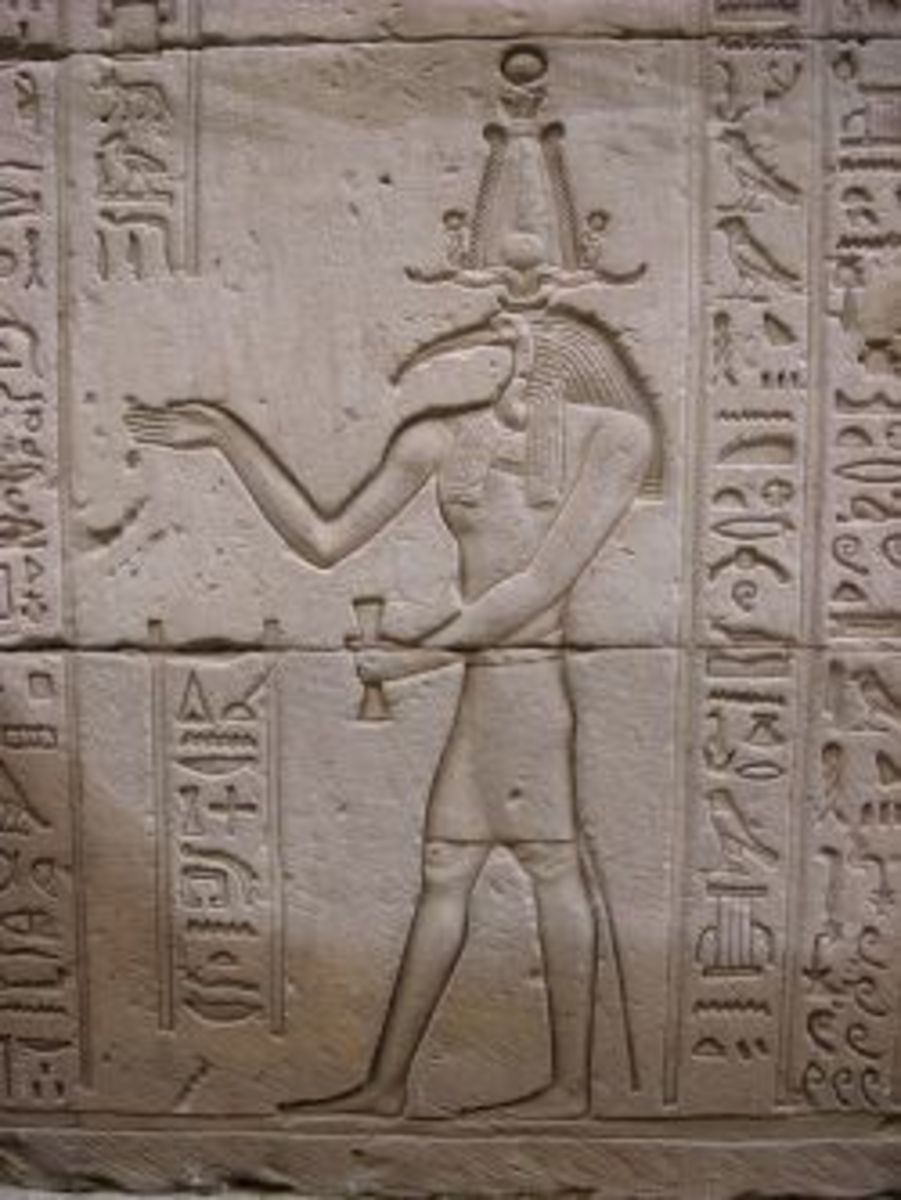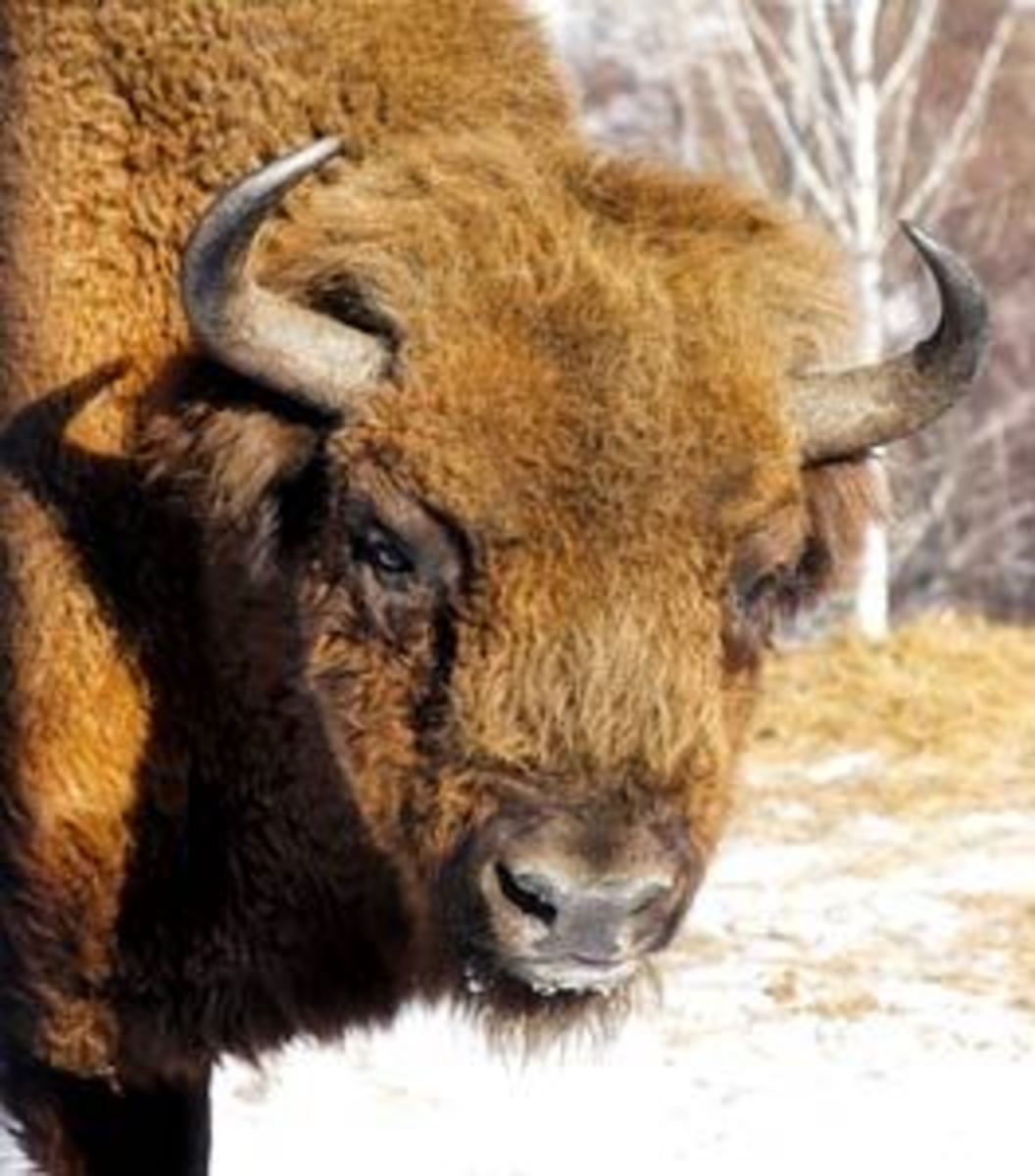The Wolf and Its Use in Mythology
Human Belief Structures and Wolves
Animals have had a long and varied usage throughout the religions of the human race. Every religion has referenced animals as part of their religious philosophy. The faith of Judaism considers animals such as pigs, unclean. Islam also takes a dim view upon dogs and Christianity has made snakes a creature closely associated with the forces of evil or witchcraft.
Some unlikely creatures are venerated by smaller tribes and some creatures thought of as man killers are often worshipped with extreme devotion. In parts of Micronesia, there are those Islanders who worship the local sharks due to the impact these creatures have on their way of life. The ancestors of these villagers had observed that the sharks were the supreme predators of the ocean and if they wanted to share in the bounty they needed to develop an affinity with them. The Islanders would offer a sacrifice to placate the spirit of the ocean predator, to ensure that their fishing trips were a success and that they would also not fall victim to their hunger.
From a more European point of view, the role of the wolf filled a similar niche for our Neolithic and Bronze Age ancestors. For Europeans, the wolf was usually the apex land predator and it was a rival to the human hunter gathers who shared the environment with it. Because of this close link, the wolf soon became part of the culture and belief system of the tribal peoples. As soon as more advanced civilizations and settlements were created, the wolf's mystique continued to be incorporated into the rapidly evolving belief systems of new societies.
Here in this article, we shall explore some examples of how the wolf was often viewed by ...
The Romans,
The Greeks,
Ancient Egyptians,
Native Americans,
The Vikings and the Celts.
A Cunning Apex Predator Upon the Land
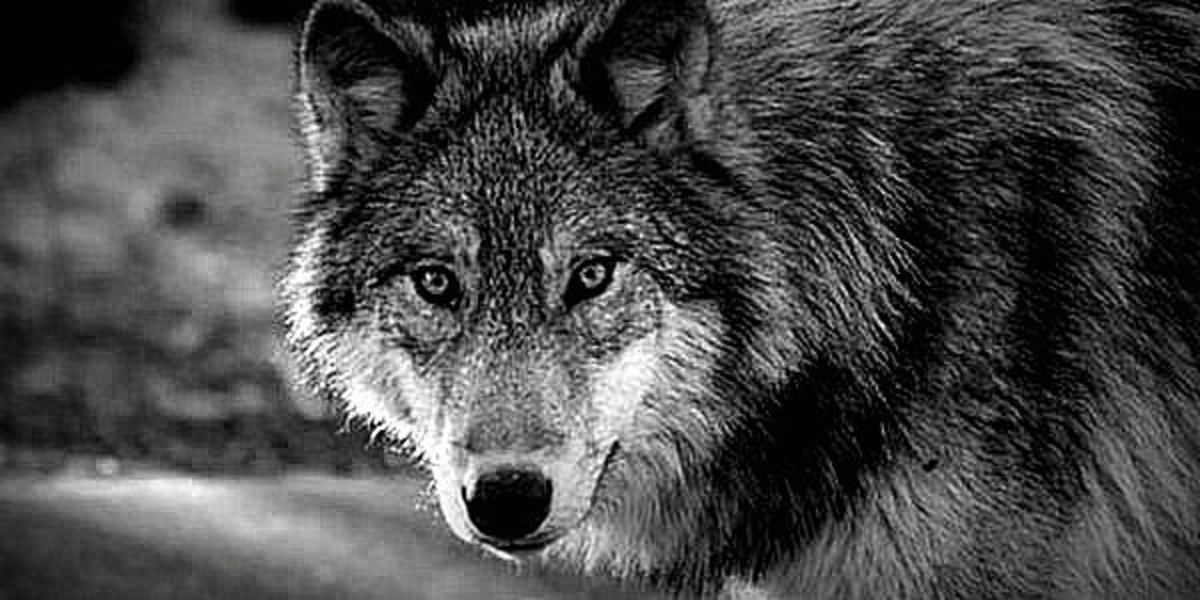
The Use of Wolves by Different Cultures.
The Romans Empire held wolves in high regard and incorporated them into their own creation story. The two infants Romulus and Remus were cared for and suckle fed by the she-wolf known as Lupa. The wolf became the standard of their military might and it became their national symbol.
The Ancient Romans respected and cherished the wolf due the mythology given to the predator. It was not hunted or demonized, of all the other natural predators in the empire it was left relatively untouched by violence. Of course, the animal did get killed by vigilant shepherds if they got too close to the flock. But on the whole, they were not a trophy to be displayed or a dumb animal to extinguish.
The Ancient Greeks also held the wolf in high regard and the god Apollo is often seen surrounded by a pack of wolves when hunting. Apollo was keenly associated with the hunt and the Greeks of Antiquity understood the natural skills that the wolves exhibited when stalking their prey.
Wolves were celebrated in an ancient festival near to the alter of Zeus. In the Arcadian mountains their is a section of it that derives its name from wolves. Mount Lykaion and its associated festival is thought to be the route of the word Lykanthrope which is another term for a 'werewolf'.
The Ancient Greeks
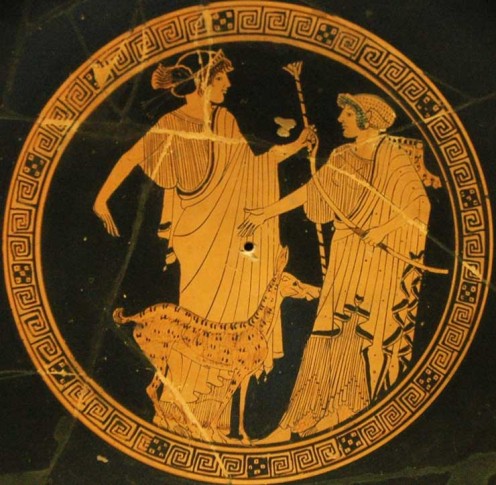
Wolves in Ancient Egypt.
The use of predatory cannids in Ancient Egypt is widespread and the god Anubis is depicted as a creature possessing both human and jackal characteristics. The wolves in Africa are very different in appearance to Eurasian and American wolves. The jackal seems to have been given a greater importance by the Ancient Egyptians even though they are closely related.
The wolf god depicted by the Ancient Egyptians was known as Wepwawet and he was linked to many of the attributes seen in groups of wolves in the wild. Wepwawet excelled as a scout when on the hunt and there are many hieroglyphics depicting both wolves and the wolf god Wepwawet assisting the Pharaoh on his royal hunts along the lush pastures of the Nile Valley.
The wolves in Ancient Egyptian society were seen as totems of war and death. They were a link to the other side as in the natural world they made living things dead and they were believed to take the soul on to the next stage of its journey.
Early Egyptians definitely saw the wolves as bloodthirsty killers and they soon had them firmly deified as agents of death.
Wolves Within Native American Folklore
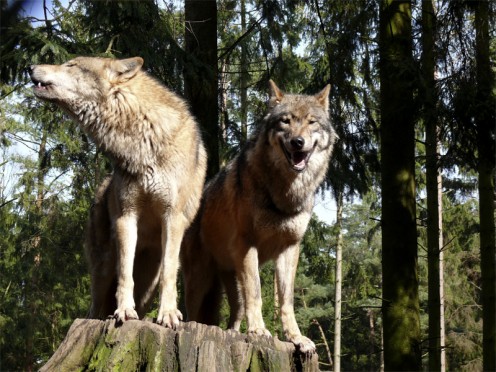
The Native American View of the Wolf
The indigenous peoples of North America had lived in relative harmony with the native wolf species before the arrival of European settlers. As soon as the new settlers arrived, they brought their culture of fear, historical bias and need to destroy upon to the resident wolves of these fresh colonial lands. By the time of the British colonization of the original thirteen colonies, wolf populations across the British Isles were declining to critical levels. By the end of the eighteenth century, wolves were extinct across Great Britain.
The Native Americans had a different view on their resident predators, they knew that the wolf was an essential part of nature as it kept the populations of its prey in balance. Had the wolves been allowed to disappear from the ecosystem, then their prey would have run wild and disrupted the environment. A healthy wolf population guarantees the health of all the animals and the plant life that the prey feed upon.
A Keewatin Eskimo saying.
"The caribou feeds the wolf, but it is the wolf who keeps the caribou strong."
The Native Americans recognized the wolf for its extreme devotion to its family. They drew parallels between wolf pack members and the members of the tribe. They also respected how the wolves defended their territory against intruders, something that the native peoples were very familiar with, especially against other tribes encroaching upon their hunting grounds.
Perhaps the hunter gatherer societies of the indigenous peoples were more disposed to see the wolf as a vital part of nature. The Native Americans followed herds of wild animals across the landscape and took their food in a similar manner to the wolf. The new colonists kept livestock, rather than existing on a pure predatory way of living. So to see a wolf taking from their holdings created a similar level of revulsion to how the Europeans felt.
The Wolf was also viewed by some native tribes as a magical creature and in Native American folklore they often make parallels with the actions of wolves and those of witches. The stealthy tactics of the wolf and its use of nature echoes the abilities of the native witches in their folklore.
The Wolf in Norse Mythology
The Norse appreciated, respected and feared the wolf. It was seen a savage predator that attacked with stealth and cunning. For the Viking warriors, these attributes were desirable and to have a name associated with the wolf was a badge of honour.
Ulf, Ulfar, Ulver, Uffe and Ylfingr are Norse and Germanic given names to highlight the link to the wolf.
The Old Norse tales include many references to wolves and nearly all of these stories deal with destruction. But this destruction is not always a bad thing as it leads to renewal in a manner that mirrors the natural world.
In Norse mythology there was the great wolf Fenrir, a child of the mischievous god Loki. Fenrir was also known as Hróðvitnir or Vánagandr and he is responsible for the death of Odin the Allfather at Ragnorak.
Odin had two wolves that accompanied him, they were called Geri and Freki. Their names describe them both as greedy and ravenous. Both wolves act as Odin's hunting companions and this bond highlights a wolves attachment to divine powers.
Another set of wolves mentioned in the wisdom of the Old Norse are the wolves Skoll and Hati. These two wolves chase the moon and the sun through the heavens. They wish to devour these two potent forces of nature and this indicates that wolves kill for the sake of killing/or that is their natural design.
Of course those who were not warriors in the Viking Age and lived a peaceful existence had to see wolves as a threat to their lives, children and livestock. The underlying theme to wolves within the teachings of the Old Norse was that they were ultimately a threat or a danger. So they should be treated with respect and not be tangled with needlessly.
Celtic Opinions on Wolves.
The natives of Ireland lived alongside the wolf for thousands of years and much of Ireland's mythology makes reference to the behaviour wolf. The wolf was one of the largest mammals on the island of Ireland and often came in contact with the ancient Irish due to their rearing of livestock. As the population of Ireland expanded and the land was given over to farming, the wolves were forced to encounter humans on a regular basis.
In folklore, the wolf was often mentioned in battle, siding with the heroes in their struggle. Also, the wolf was often described as a scavenger or opportunistic predator that ate their defenceless victims whilst they were still alive. Where heroes are raised by wolves in the stories, they are imbued with ferocious determination and a will to succeed.
Ireland has tales of werewolves and wolves speaking to people as if they possessed human intelligence. But it cannot be proven that this legend is one that originates from Ireland or has become a tale imported by foreign tongues over thousands of years.
Notable Mentions.
The wolves can also be despised by the local population. In Finland a wolf is seen as a destructive and wasteful animal. Because of this belief, the wolf is hunted and eliminated without any thought to the consequences of this act. It is a common held belief by the Finns, that a wolf kills more than it consumes and is a blight upon the natural world.
Whilst in Japan, a counter belief prevailed. Despite both species of Japanese wolf being extinct. Offerings to the native wolf were left in Shinto temples by farmers to protect their lands. The Japanese wolf was believed to be the guardian of travellers and the protector of crops. This was due to the wolves eliminating species that cause damage to crops. Japanese culture also has many legends of children raised by wolves in a protective and nurturing manner.
In Indian mythology, the wolf is both disliked for its role in scaring humans and seen as a destructive adversary across many regions. The wolf is known as a predatory animal that preys on the innocent children of the lands and it is noted how the wolf has killed hundreds of children in the time of British occupation.
In modern times, not a year goes by without a report of a wolf pack taking a child from a village, especially when the village is situated in a remote area.
Ultimately where there are wolves, there is a large amount of folklore dedicated to the relationship between the wild predator and the humans who compete with the wolf for resources.
How Much do you Know?
view quiz statisticsOther Wolf Articles to Read
- Are These the Most Lethal Animals on Planet Earth?
The natural world is a dangerous with many creatures that have evolved to hunt other animals as prey. Here, we shall examine those animals who could genuinely be classed as - Returning Wolves to the United Kingdom.
Would the introduction of wild Wolves into the rural areas of the United Kingdom be a wise move? For an animal that had been hunted to extinction by our ancestors, could its return wash its blood from our stained hands?
This content is accurate and true to the best of the author’s knowledge and is not meant to substitute for formal and individualized advice from a qualified professional.
© 2019 Andrew Stewart




